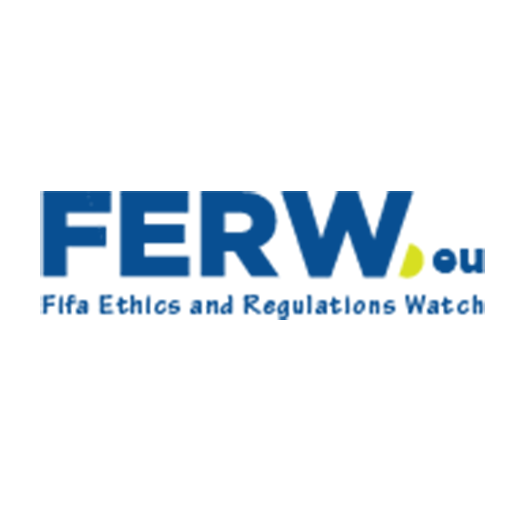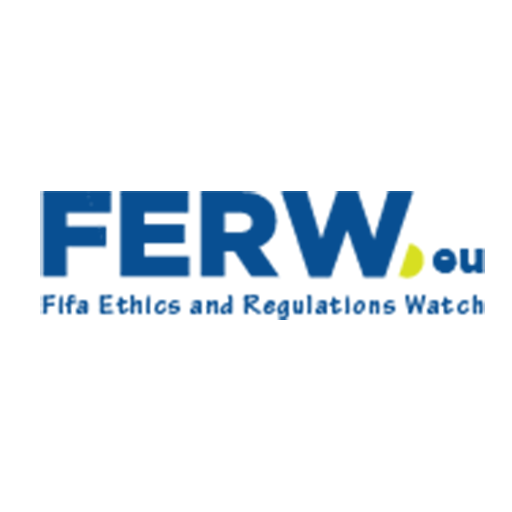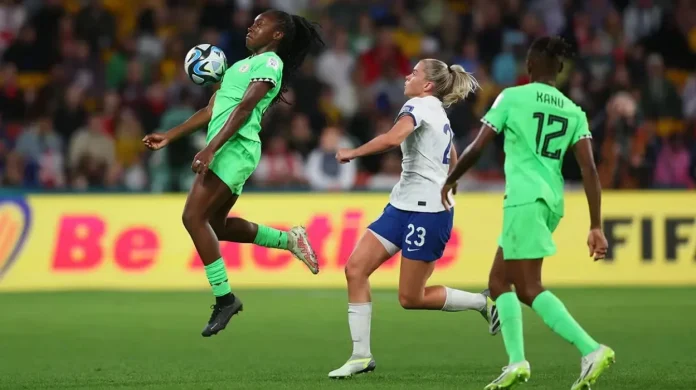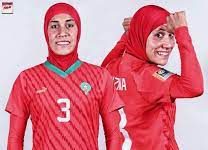The FIFA women football policies in 2025 are a combination of both improvement and continued restrictions. Although the sport has seen significant changes in terms of maternity rights and prize money are rising this indicates a formal approach towards gender equality, structural problems continue to exist within the structure of sport governance and funding.
The popularity of women football across the world has increased manifold, but the operational and financial models of FIFA still demonstrate lapses in the areas of enforcement, inclusivity and sustainable development. These pitfalls need to be cognized in order to evaluate the possibility of the current trend attaining true equity in the sport.
Governance challenges in women’s football
The situation with women remains to be the same in the major decision-making roles within FIFA and affiliated bodies. By 2025, the proportion of women in executive positions of national football federations is less than 15%. Women have only 22-percent of all the head coaching jobs in women professional leagues. This power gap restricts the role of female voices in the formulation of policy, grassroots strategy and allocation of funds. Lack of gender diversity in leadership involves policies that can ignore the complexity of the needs of female athletes and employees.
This is especially eminent in federations where appointments are based on political patronage. According to experts, the absence of women representation strengthens underhand systems of governance, which leads to an endemic shortage of accountability when it comes to implementing women-oriented programs.
Inconsistent enforcement and compliance mechanisms
FIFA also implemented maternity protections in 2025, but dealing with monitoring and enforcement is poor. The responsibility to comply rests on an individual league and, in some cases, clubs, with no central body to oversee their conduct, as most of them function in compliance gray areas. In some areas that are economically or politically unstable, especially some parts of Africa and southeast Asia, the enforcement is only sporadic at best.
No standardized grievance system is available to players across federations and this makes female athletes prone to rights abuse with fewer avenues to redress. Audits are not extensive and unless reports on accountability are reported to the audience, the efficiency of the FIFA regulatory mandates cannot be evaluated.
Funding challenges and disparities in investment
Although more people are paying attention and the attendance of women football matches has been rising, the amount of funding that is given to the women’s football game is still skewed towards the men’s football game. The 2025 Women world cup prize pool of FIFA rose to a record of $150 million still a record but this is still a mere percentage of what men clubs receive as theirs in the same world cup.
Imbalance of funding does not only concern international tournaments. The women’s programs often receive low budgets that are disproportionately distributed by national federations. In most of the low income nations, the domestic women leagues exist on a thin thread even depending on volunteerism and finding it difficult to access basic facilities. These inequalities are choking development in the long run and increasing the disparity between areas with robust football machinery and those without.
Weak grassroots and developmental pipeline
Athletes: any form of funding shortfall has a direct impact on the initial phases of development of an athlete. There are several federations which do not have well structured youth leagues, standard coaching certification programs and secure facilities where girls can join football. Poor infrastructural care at the grassroots level is translated into less opportunities for women to climb the ladder.
Although there are global sponsors who are starting to invest in women’s football, in most cases, they are investing in markets that have high commercial returns. This leaves the developing regions underequipped and relying on ad hoc federation funds. The motive of global competitiveness of women football is one-sided without fair investment at the bottom.
Cultural and institutional obstacles to parity
Persistence of gender biases in the commercial ecosystem of football remains one of the greatest non-financial challenges in women football. Still, sponsorship agreements, broadcast deals and advertising funds are massively in favour of the men’s competitions. Most of the time, the coverage of matches involving women in the media is minimal, or it is provided in a manner that is not credible to the professional.
The cultural perceptions in regards to female athletes have diverse differences in FIFA member states. In traditional societies, women are not able to participate in society due to societal opposition and in most cases, the attitudes tend to shape the manner in which federations distribute resources. Unhealthy conditions in online space, which are characterized by directed abuse and sexist remarks, also discourage engagement and lead to an early departure of the sport by talented athletes.
Global inequality in institutional support
Women in the Global South have to struggle with even greater odds because of economic and geographical marginalization. Athletes of the Latin American, Sub-Saharan African, and Southeast Asian countries usually have difficulty with poor training conditions, poor federation support, and limited opportunities to compete with the international arena.
Although FIFA is working towards universal development goals, it is highly unevenly implemented. Where gender inequality is combined with low economic power, investment and development promises are often postponed or introduced without enough transparency.
Emerging reform efforts and stakeholder pressure
The unions of players, advocacy groups and national delegations have stepped up issues of FIFA adopting binding financial guarantees and enforceable policy safeguards. It has been proposed to have a minimum investment per woman in the game of football around the world and a clear implementation body to guarantee the policies are adhered to. It is also suggested by the stakeholders that players should be directly at the table when the policy is being drafted and that information on the level of compliance should be publicly reported to increase transparency.
The argument has filtered to international levels, such as the UN and local sport development councils. The rhetoric has moved beyond pleading to demand structural change, which is enforced. The idea that women’s football is a growing market and not a second sport is gaining prevalence especially among the younger population and corporate sponsors who are looking forward to associating themselves with the progressive ideals.
Incremental change and future possibilities
FIFA has acted in small steps due to these pressures. The establishment of women-focused development funds, conditional grants to federations and mentorship programs to women coaches and referees globally indicate an increasing realization of the amount of systematic issues at stake. Nevertheless, these measures are not as swift and grand as they should be to keep pace with the fast-paced development of women football across the world.
Reform in the future might rely on long-term pressure from the audience, organized campaigns, and collaboration between FIFA and other international institutions that might support gender equality. Athletic activism and the activism of high-profile players in particular remain influential in the discourse and compel institutions to act in a manner of accountability.
FIFA women’s football policies in 2025 stand at a crossroads. The sport has garnered unprecedented attention, but the foundational structures intended to support its growth are still catching up. Governance gaps, financial disparities, and entrenched cultural biases collectively hinder the realization of equality in global football. While public declarations and symbolic changes signal progress, meaningful transformation will depend on whether FIFA can implement enforceable policy changes and foster an inclusive, well-funded, and transparent ecosystem. As new tournaments, sponsorships, and players emerge, the urgency to resolve these foundational issues grows, offering a critical opportunity to reshape the future of women’s football on equitable terms.













